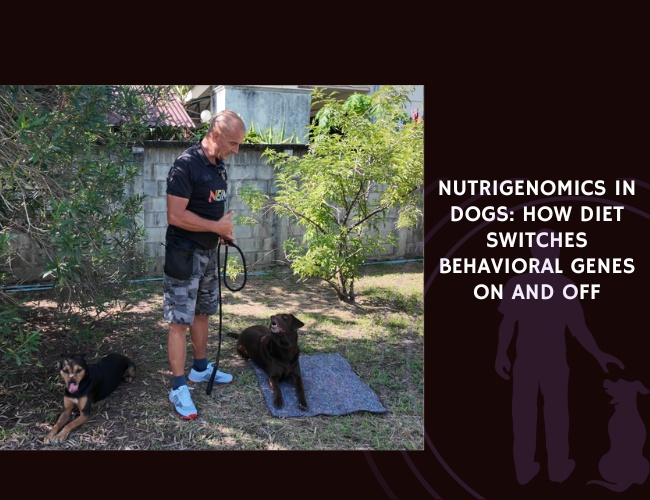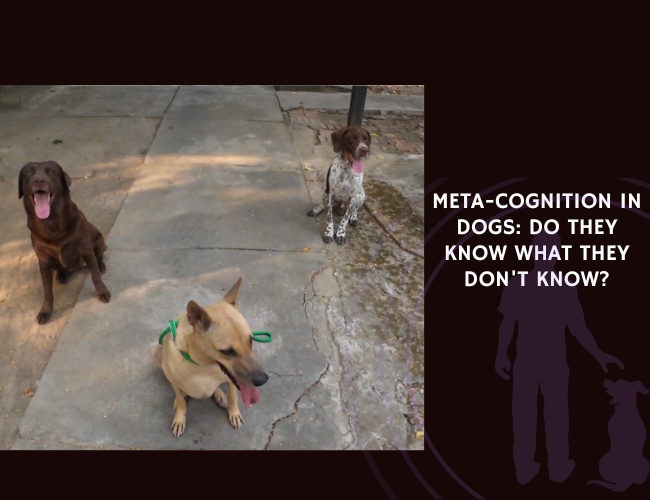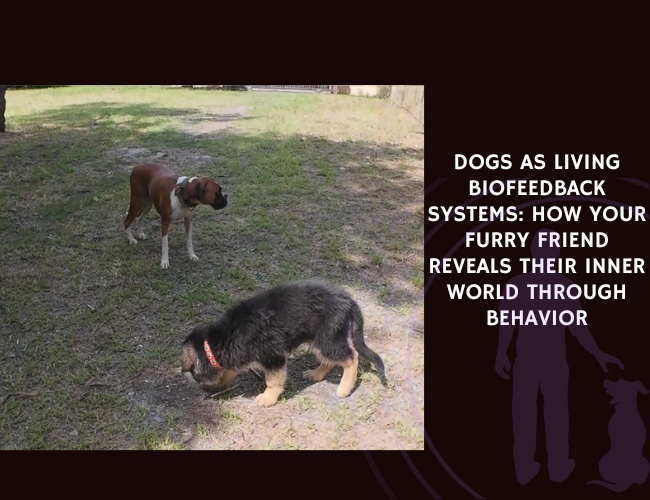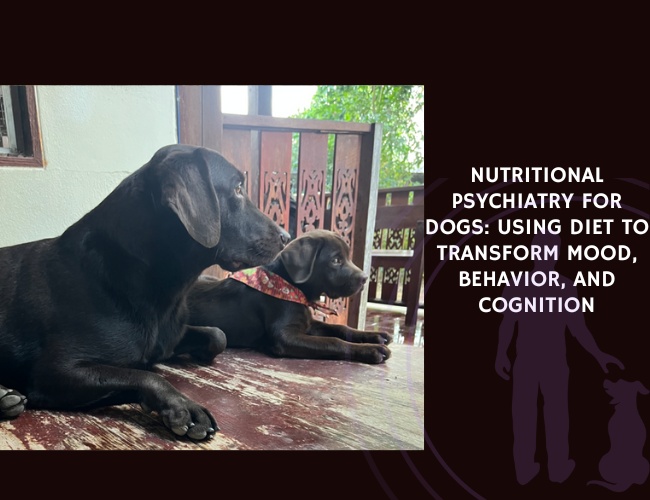The study, led by **Ants Tull and colleagues**, analyzed helminth infections from **scat samples of wild predators**—primarily **red foxes (Vulpes vulpes)** and **golden jackals (Canis aureus)**—collected along Estonia’s western coastal regions. Using **genetic identification techniques**, researchers determined predator species from scat and examined them for **helminth parasites**. Their findings were then compared with existing data from rural domestic dogs in the same region.
They discovered that nearly **90% of wild predators were infected** with helminths, many of which were also detected in **free-ranging rural dogs**. Critically, a **large proportion of these helminths are zoonotic**, meaning they can be transmitted to humans. The overlap in parasite species between wildlife and dogs underscores the risk of a **cross-species parasite reservoir** in rural ecosystems.
This interconnectedness raises concerns in light of the **One Health framework**, which recognizes the **mutual health dependence of humans, animals, and their shared environments**. In areas where **dogs roam freely**, the bridge for **parasite transmission from wildlife to humans** becomes shorter and more efficient. The researchers emphasize that both surveillance and intervention strategies must address **parasite ecology across species boundaries**, especially in regions where **human-wildlife-domestic animal interfaces** are common.
Moreover, past human parasitological studies in Estonia support the conclusion that **wildlife-origin parasites can and do reach human populations**. The researchers advocate for coordinated monitoring, public awareness, and control strategies that consider the health of **all interconnected species**, reinforcing the global relevance of **wildlife parasitology in One Health policies**.
Source: Ants Tull, Henn Valdmann, Ene Tammeleht, Tiina Kaasiku, Rein Rannap, and Urmas Saarma. Published in Parasitology, Volume 149, Pages 1565–1574. August 4, 2022.










